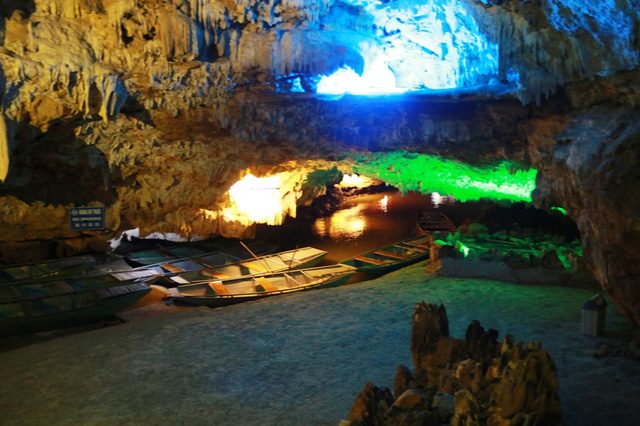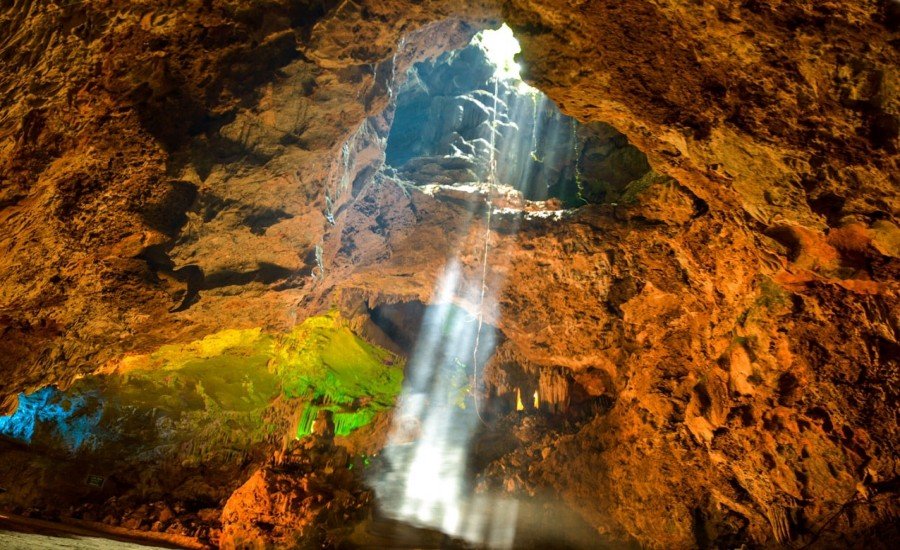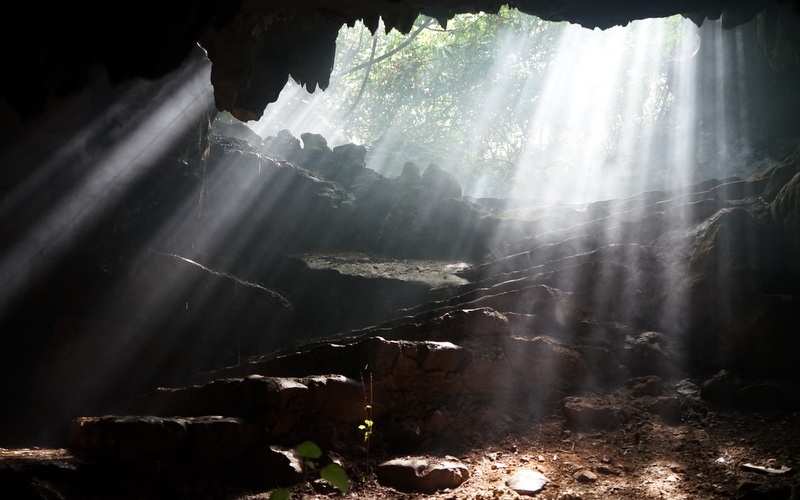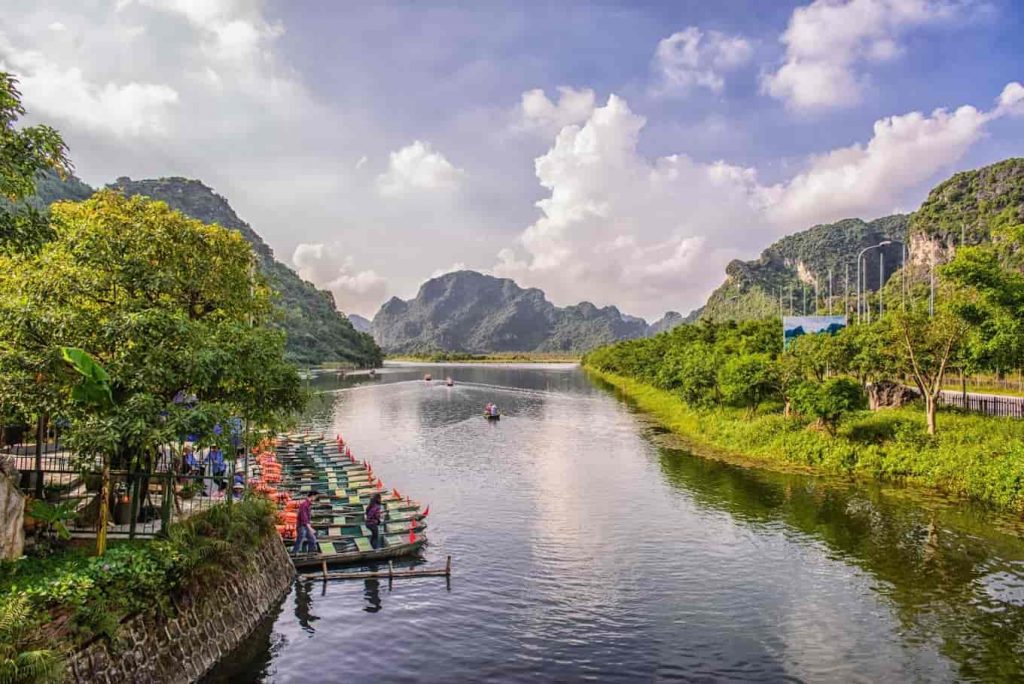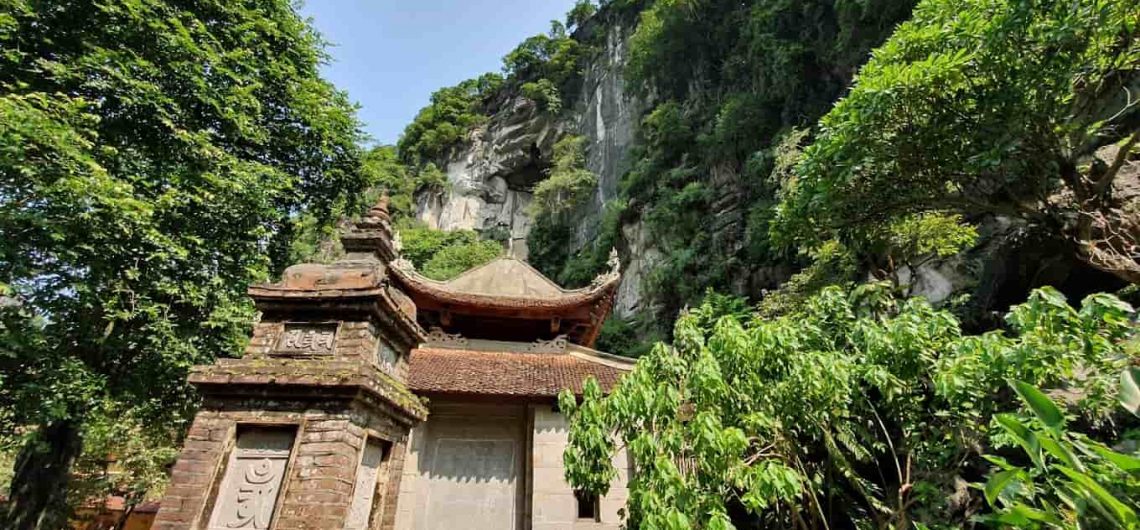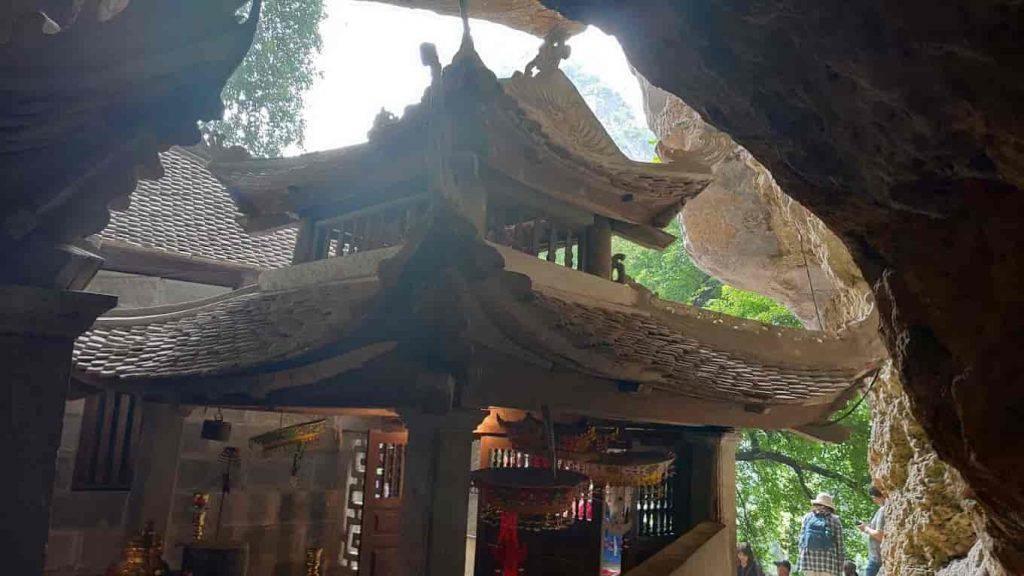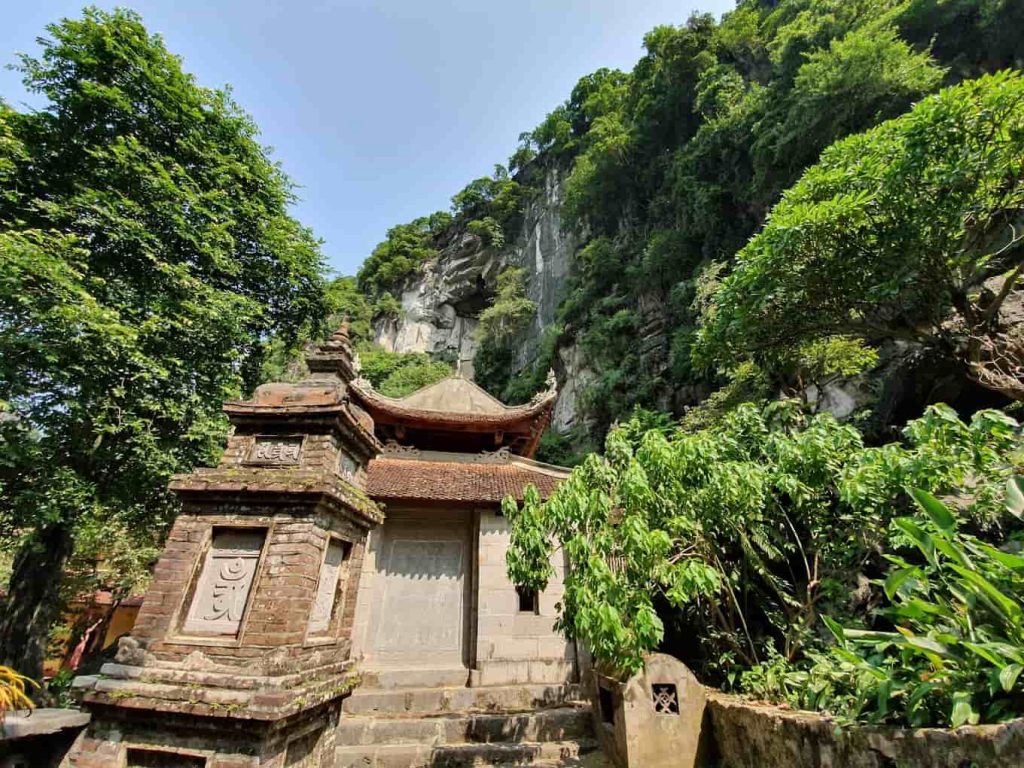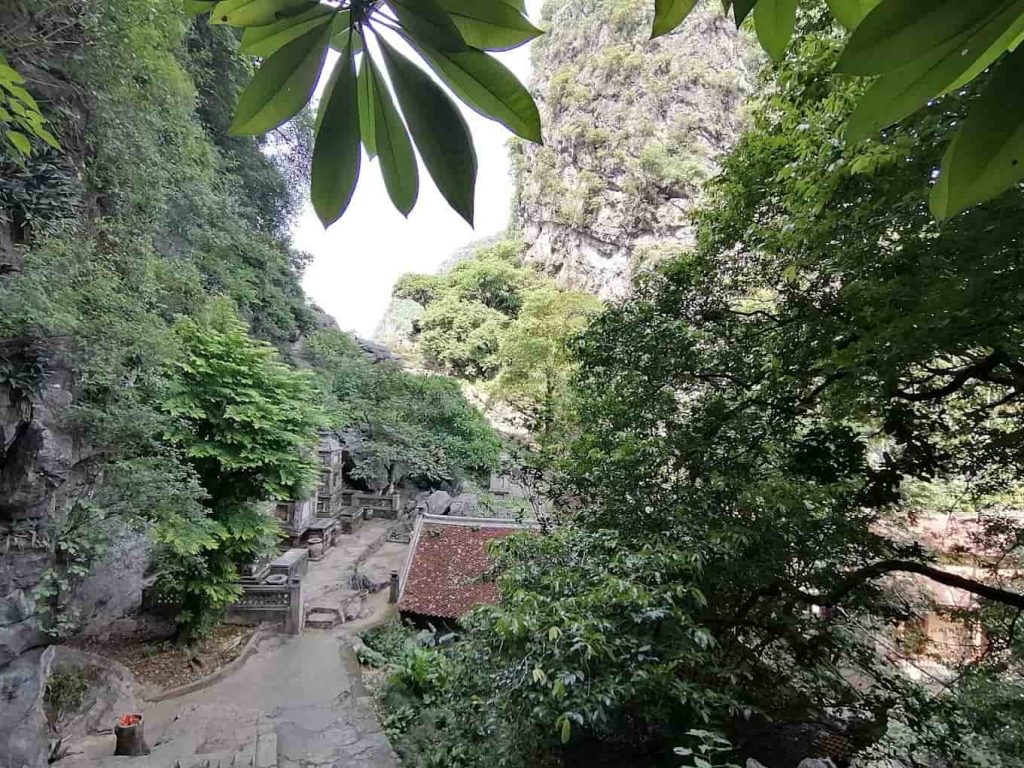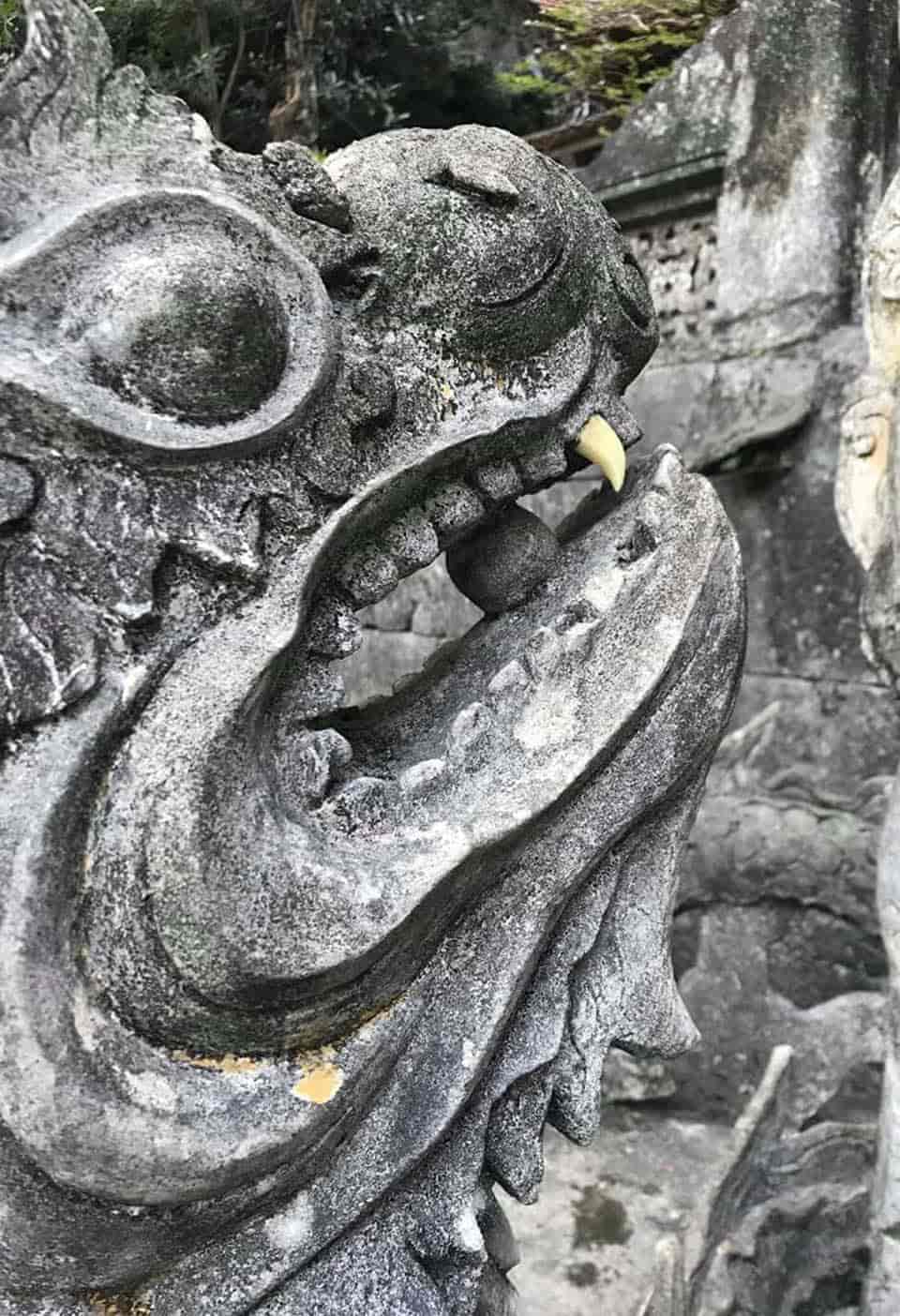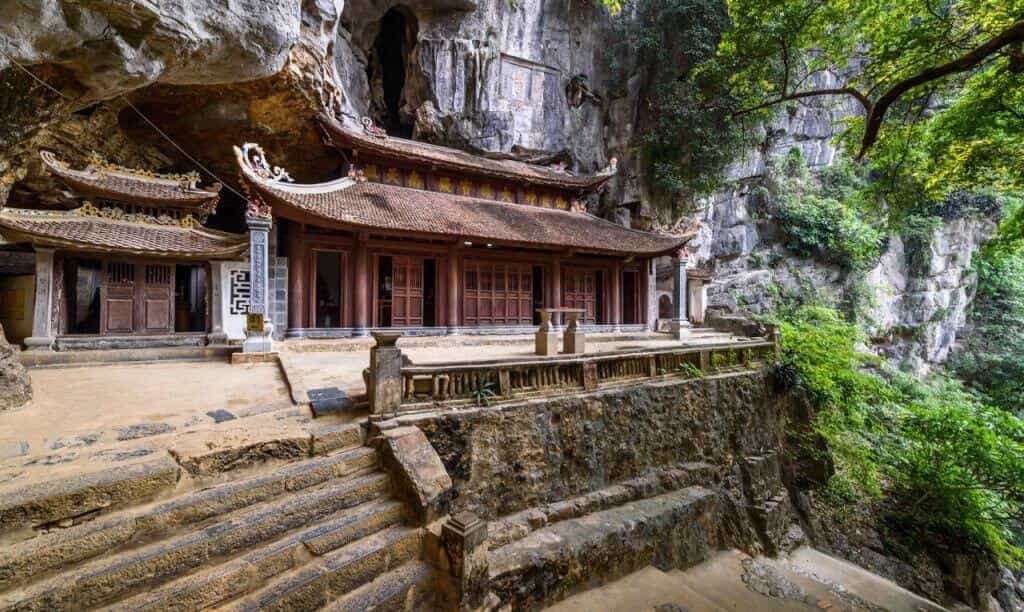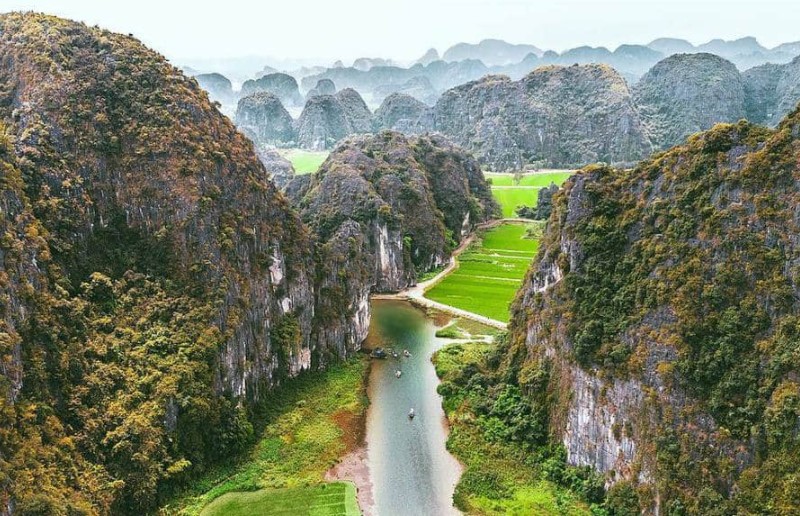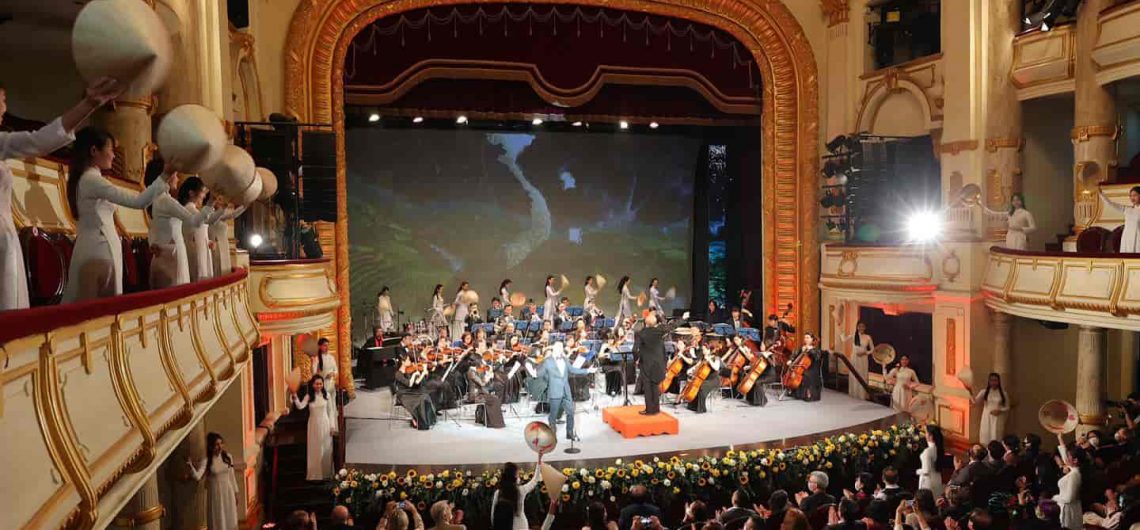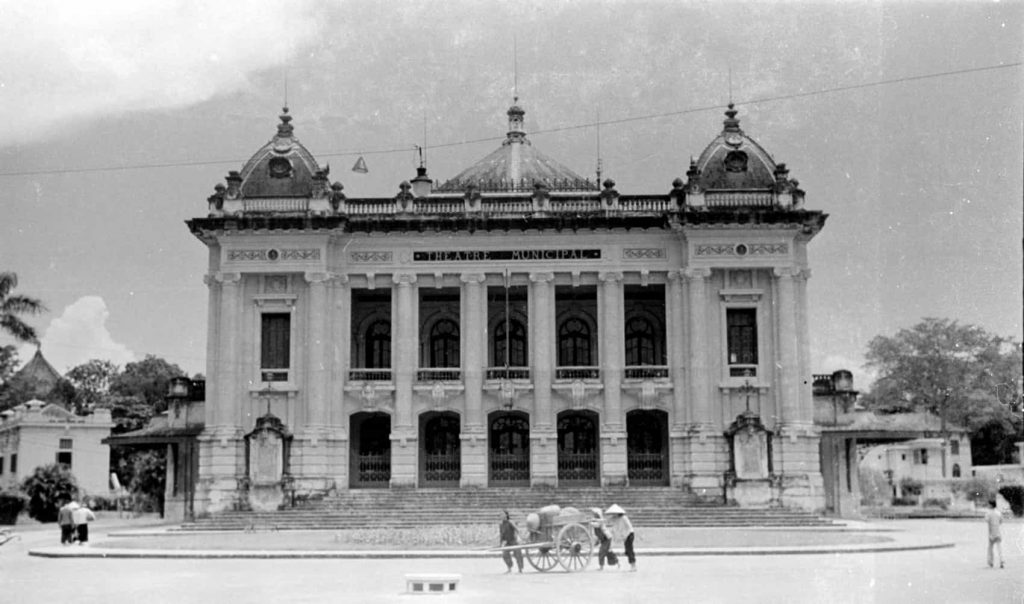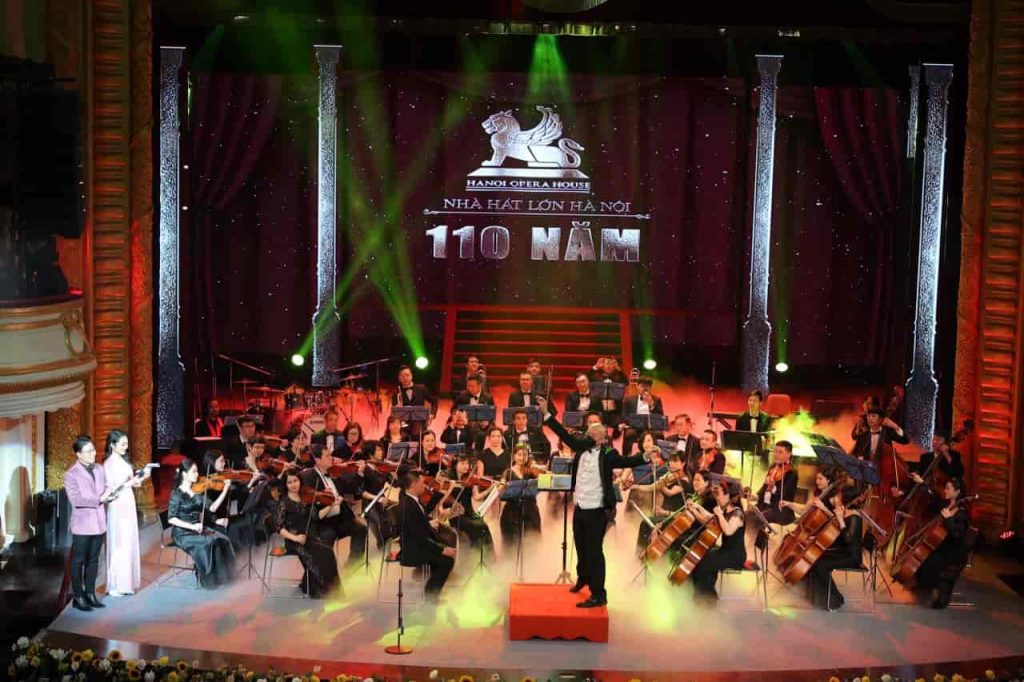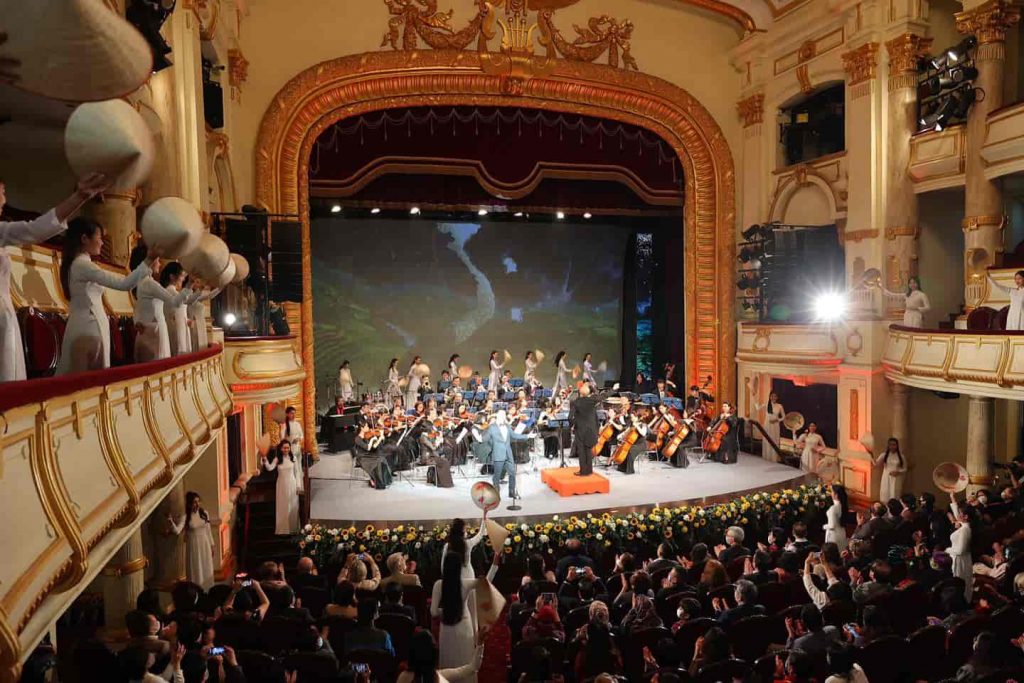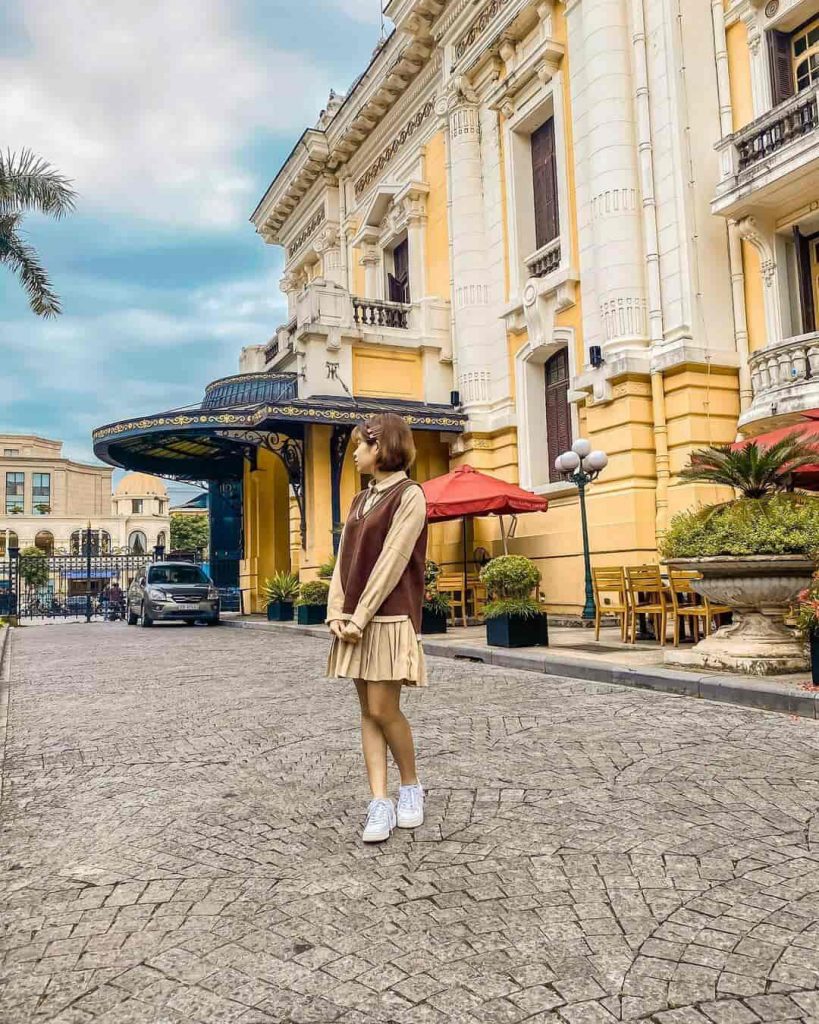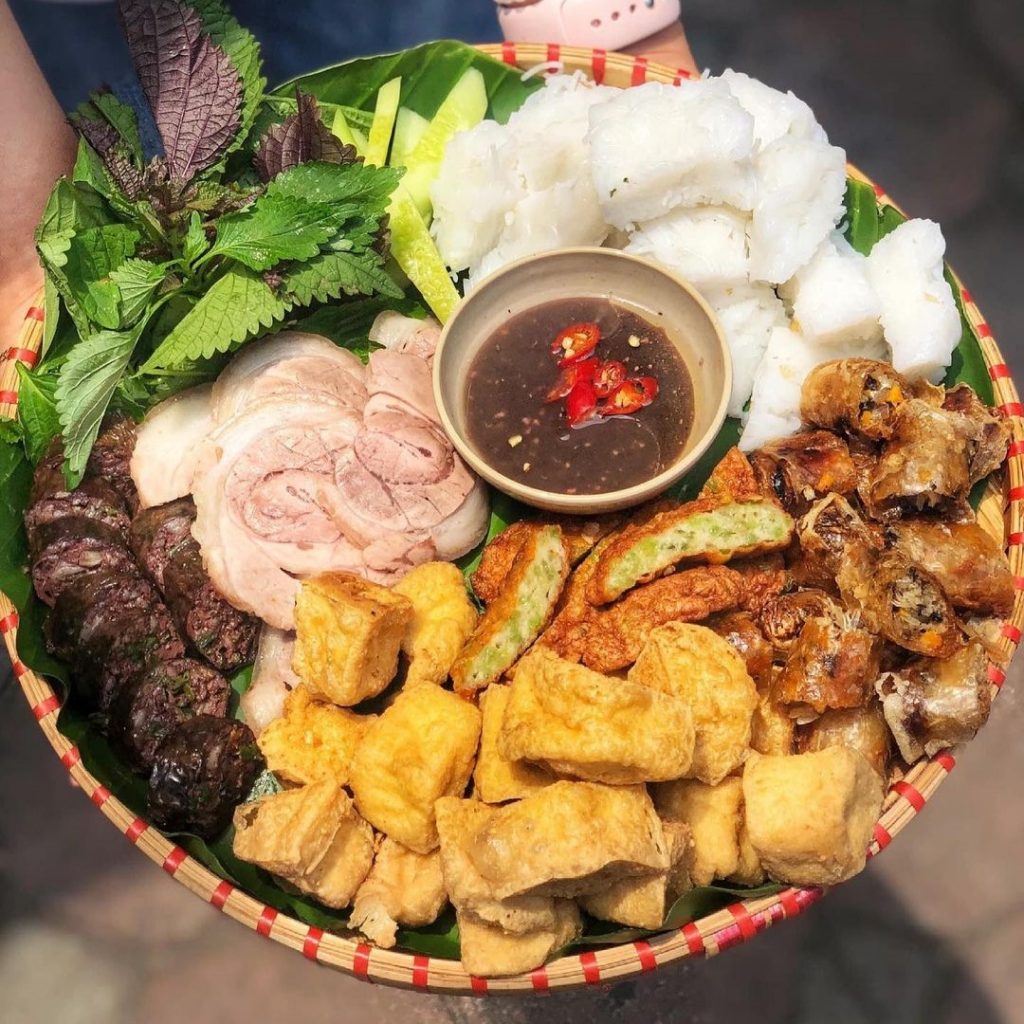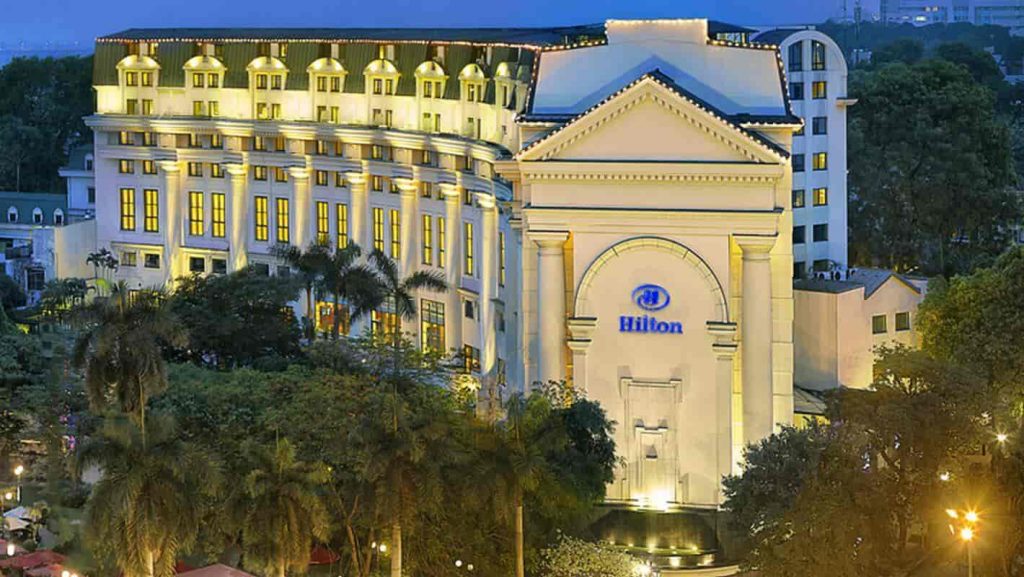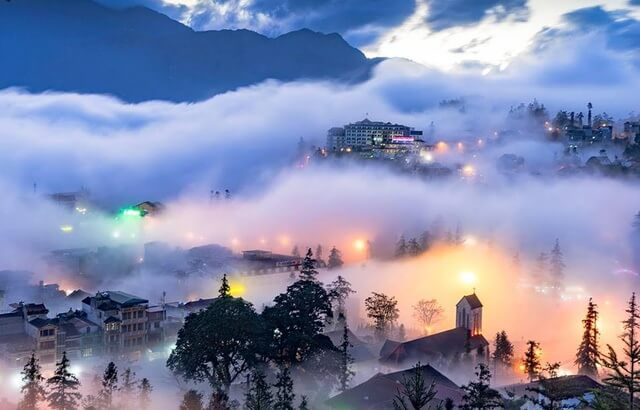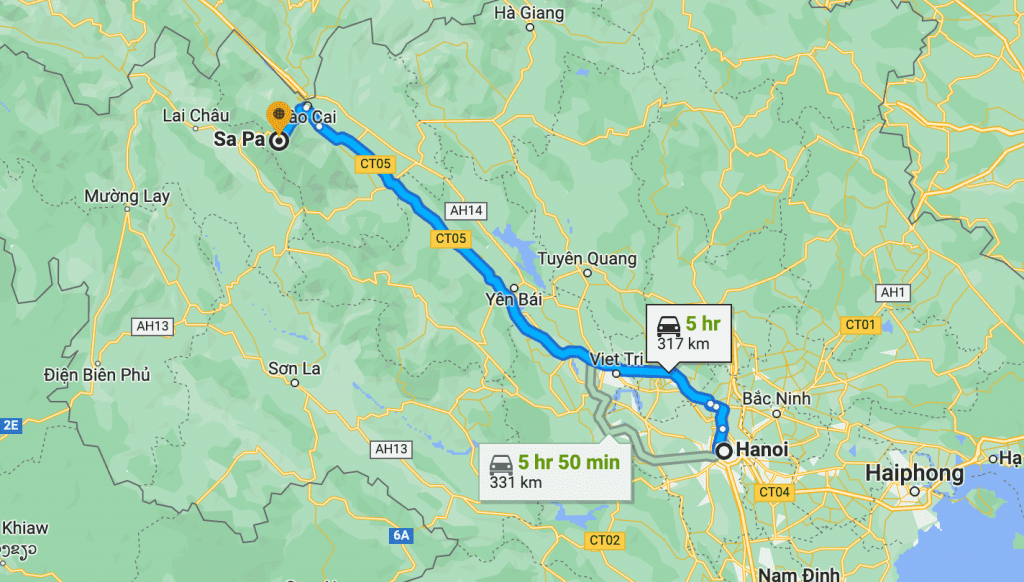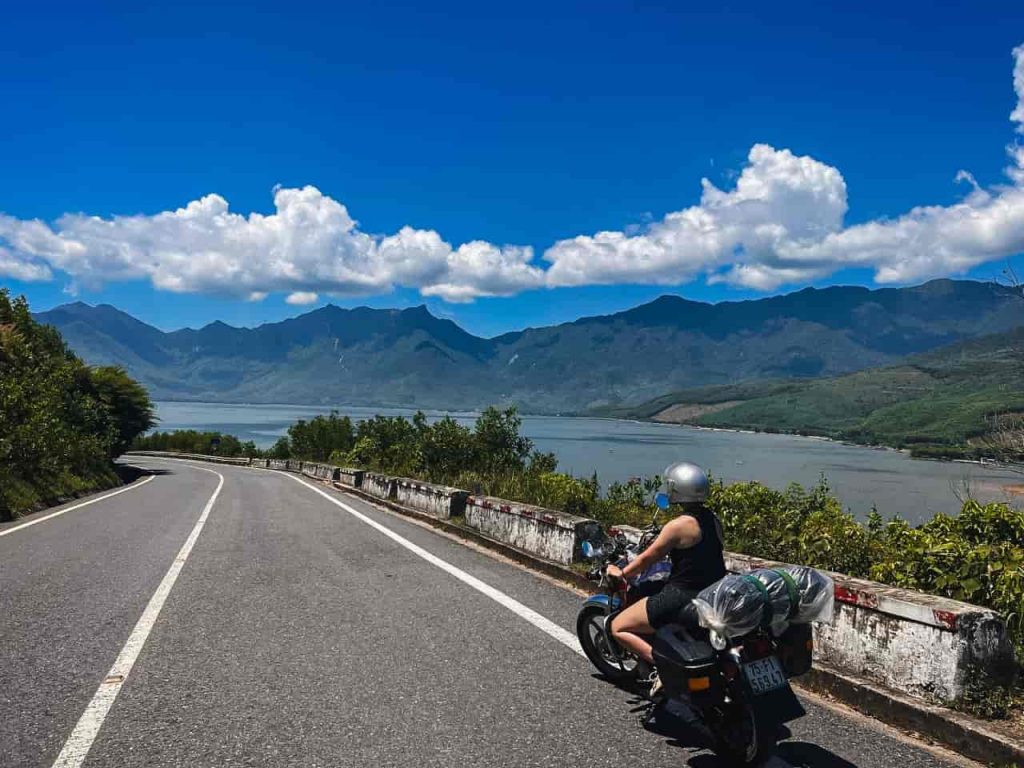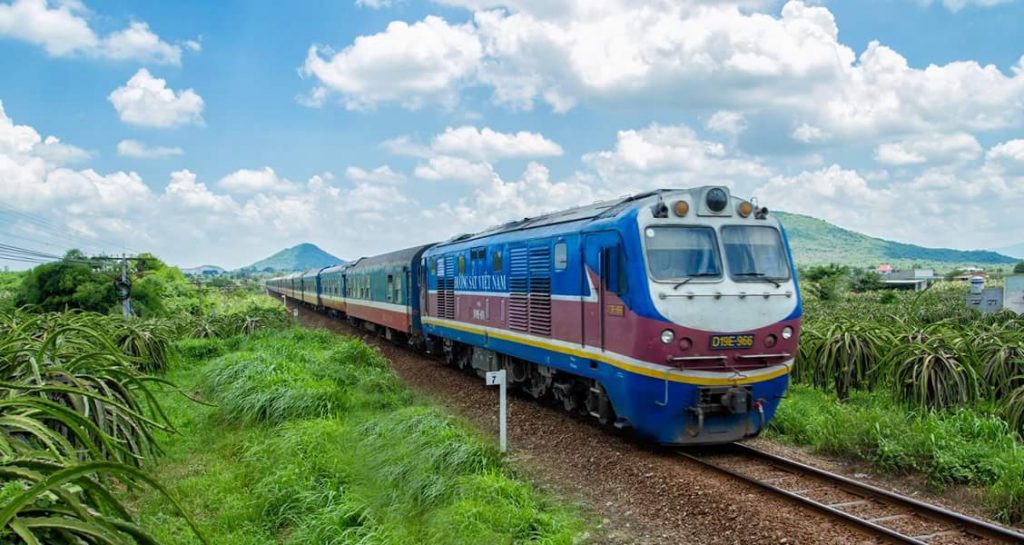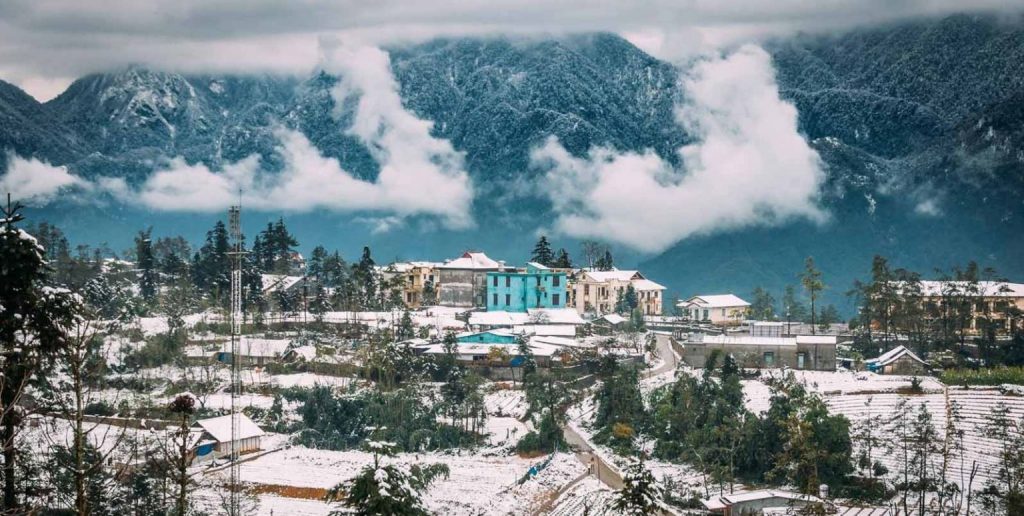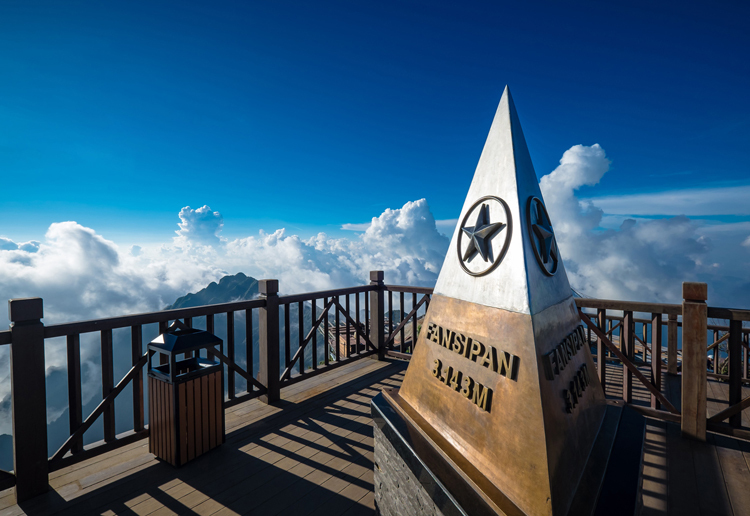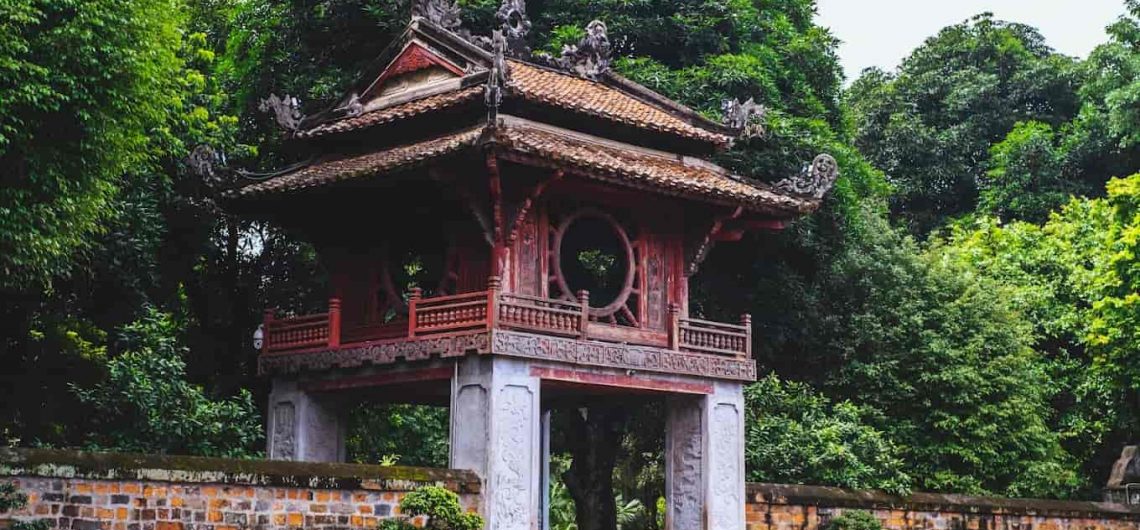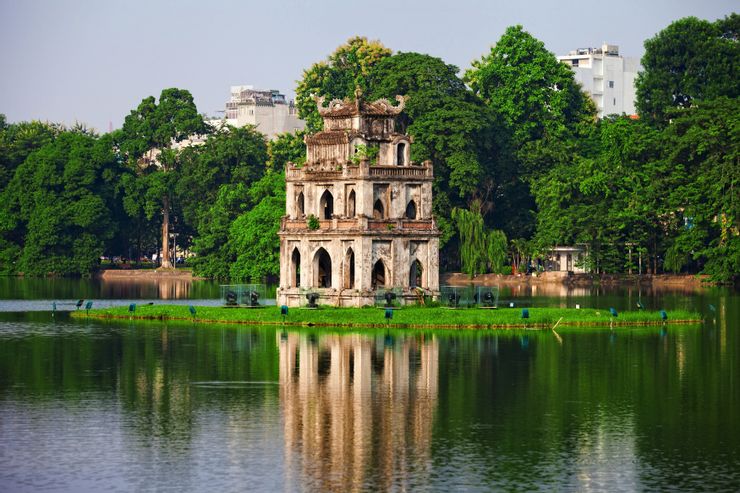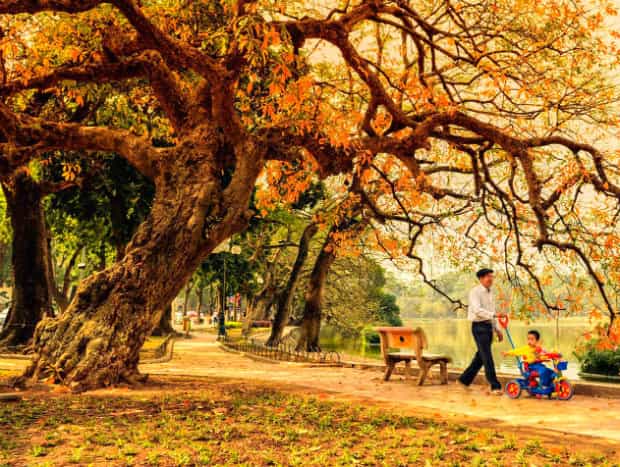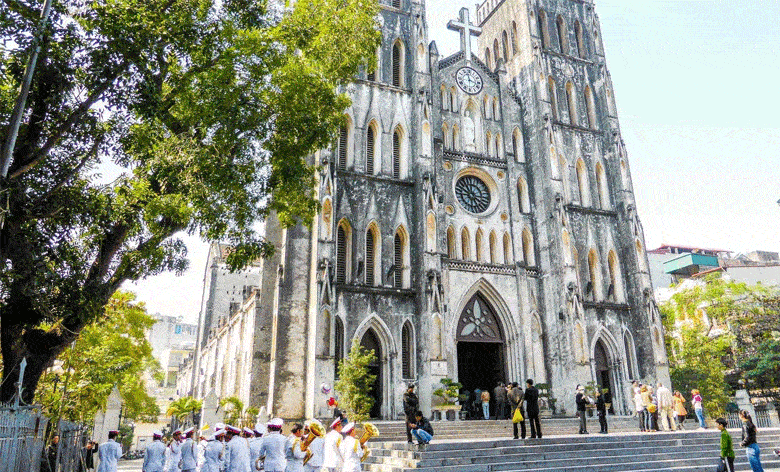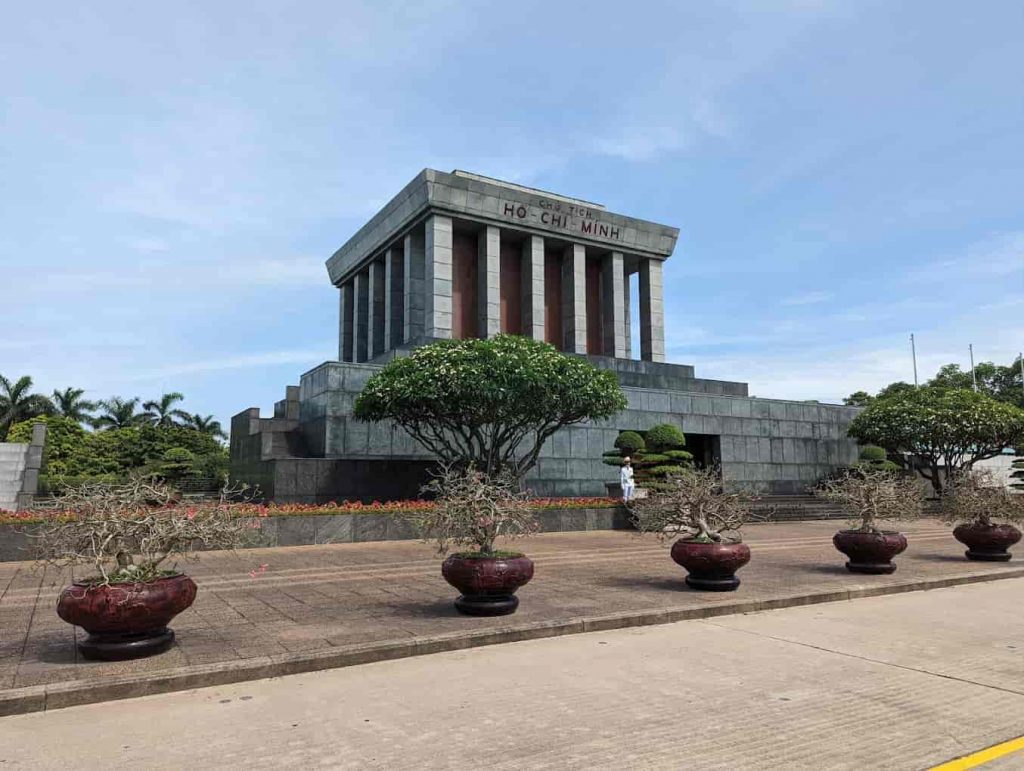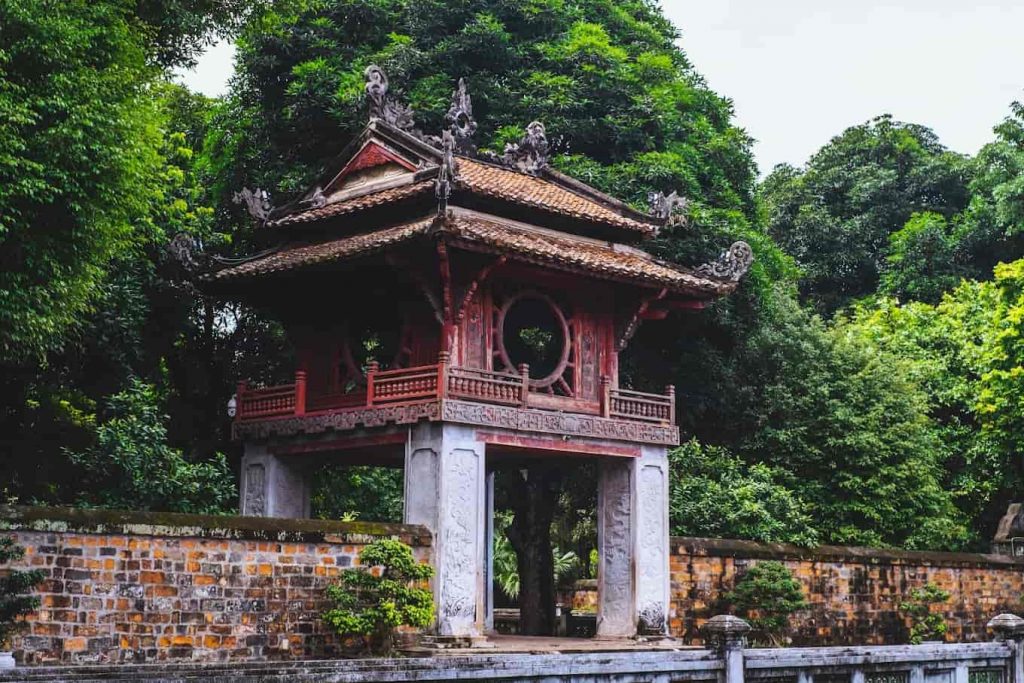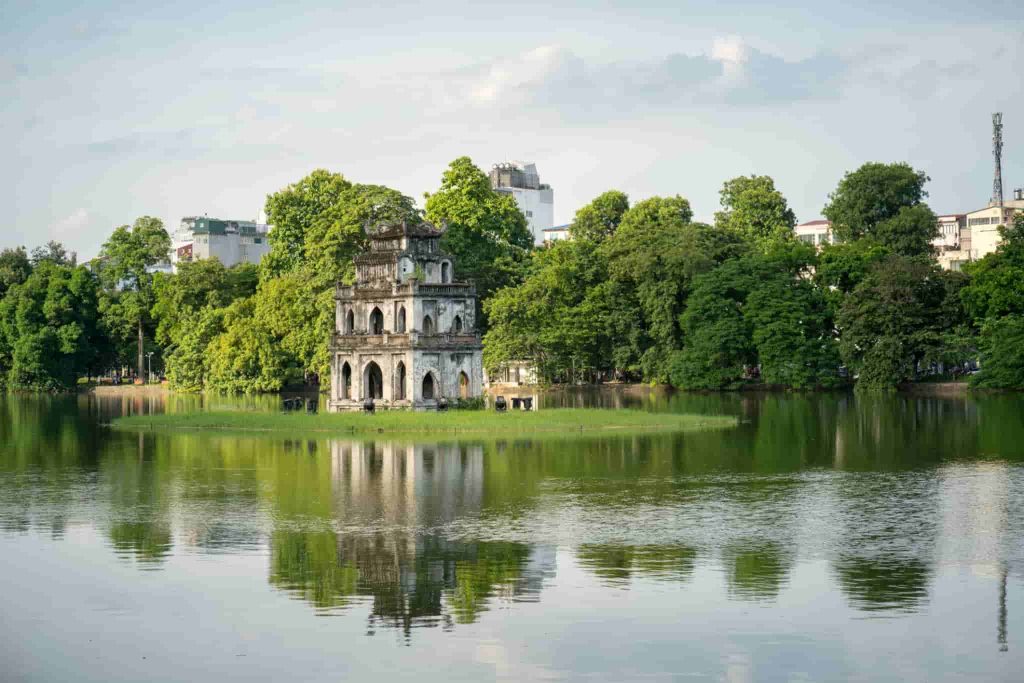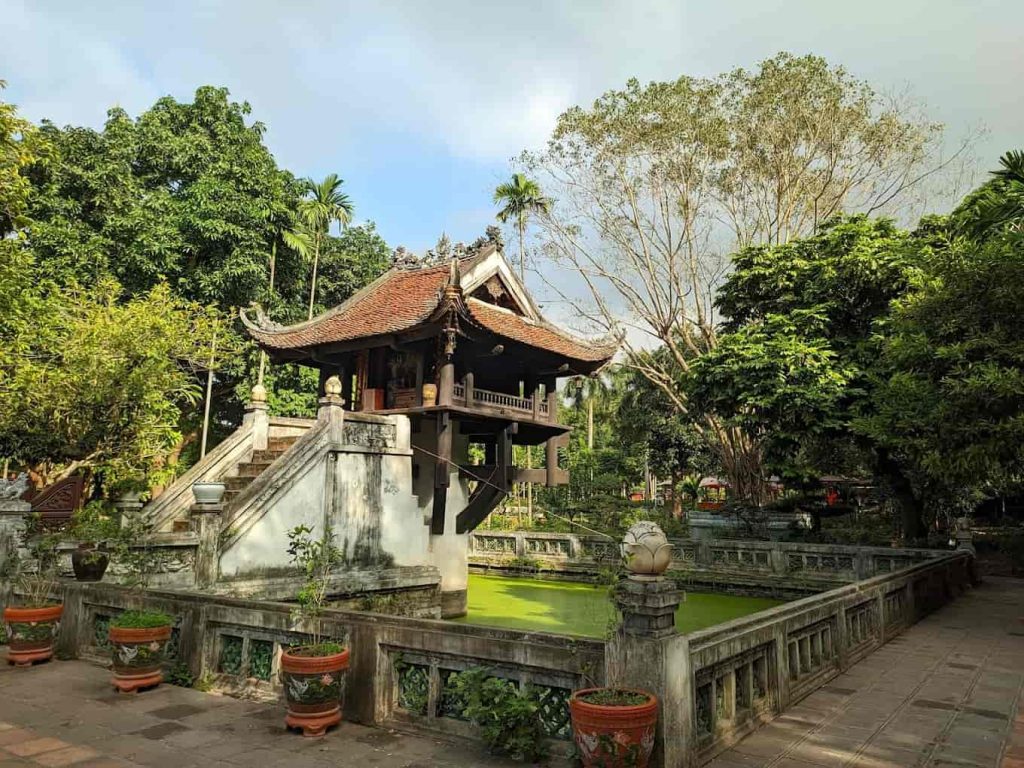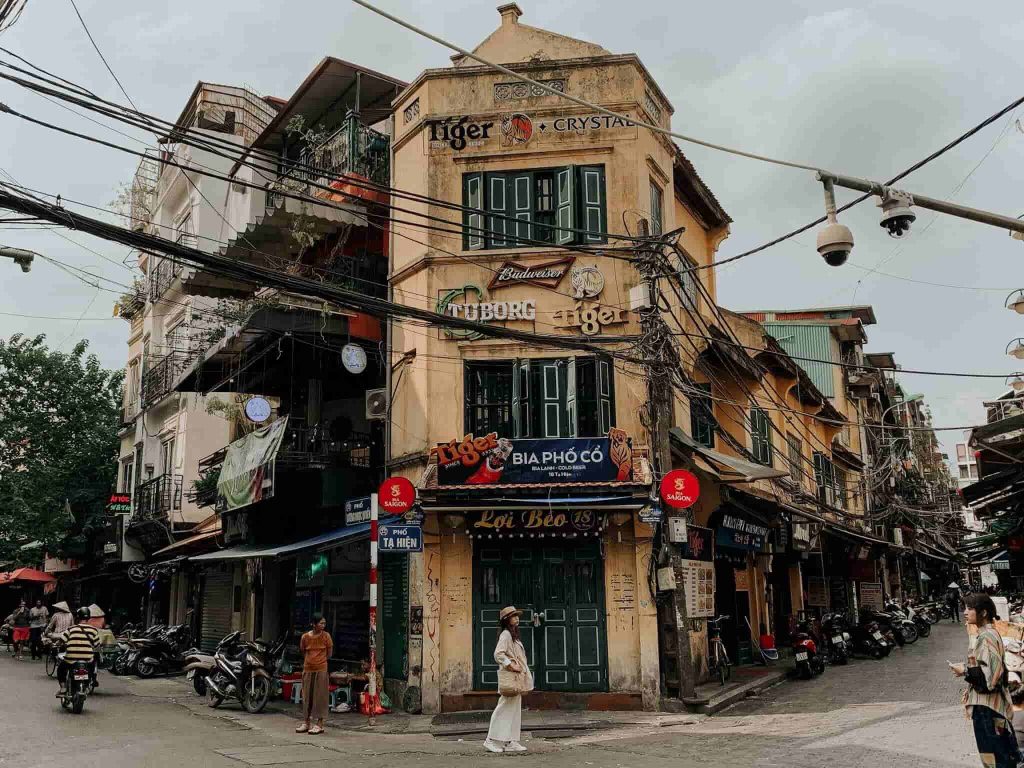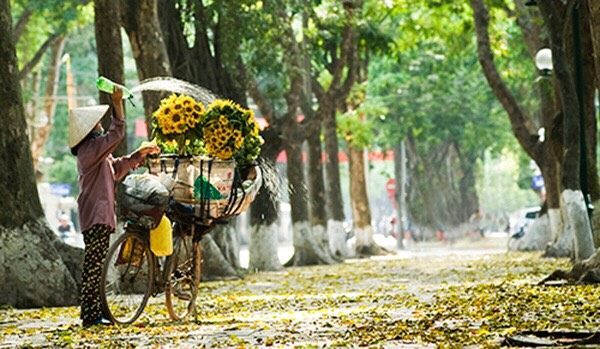If you’re planning to explore the northern region of Vietnam and visit the ancient capital of Hoa Lu in Ninh Binh but are unsure about the best season and time to go, this article will provide insights into the ideal times to travel to Ninh Binh, along with recent popular destinations.
With the travel experiences in Ninh Binh independently explored by DanangPrivateCar.com’s, this article will suggest the most ideal times to visit Ninh Binh, along with the latest popular destinations.
When to travel to Ninh Binh, which month? What’s the weather like?
As a province located in the Red River Delta region of Vietnam, Ninh Binh experiences a climate influenced by monsoons, with a subtropical humid climate. It has four distinct seasons: spring, summer, autumn, and winter. Summers are hot and humid, while winters are dry and cold. However, compared to summer and winter, spring and autumn are less distinct.

The average temperature in Ninh Binh is around 23.5 degrees Celsius, which is ideal, neither too hot nor too cold. The lowest temperature in the year ranges from 5 to 7 degrees Celsius, while the highest temperature can reach 36-39 degrees Celsius, occasionally even 40 degrees Celsius.
You are in Hanoi and want to visit the famous tourist spots in Ninh Binh, DanangPrivateCar.com’s offers private car services with experienced drivers based in Hanoi. With a team of drivers who have basic English skills and many years of international passenger transportation experience, you can enjoy a safe and comfortable trip to Ninh Binh. Book your private car journey from Hanoi to Ninh Binh today.
When to travel to Ninh Binh, which month?
When is the best time to travel to Ninh Binh?
Traveling to Ninh Binh in the spring:
Spring in Ninh Binh falls from January to the third lunar month, and the weather is pleasant during this time with cool breezes, making it suitable for sightseeing. Additionally, Ninh Binh hosts numerous festivals during spring, such as the Bai Dinh Pagoda Festival, Tha Vi Temple Festival, and traditional festivals in the ancient capital of Hoa Lu.
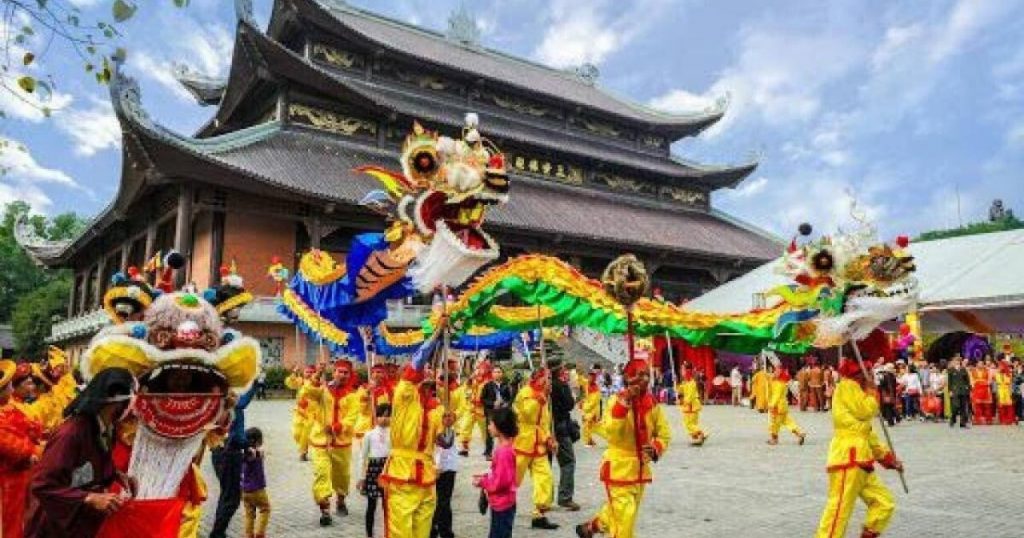
Most tourists choose to visit Ninh Binh during the spring, especially during the Lunar New Year, to enjoy both the scenic beauty of temples and landscapes and to seek good luck and peace for their families. Bai Dinh Pagoda, the largest pagoda in Vietnam, is particularly crowded during this time. If you prefer a quieter experience, you can visit at other times of the year.
Traveling to Ninh Binh in the summer – the season of ripe rice:
This can be considered an ideal time as Ninh Binh transitions from spring to summer. The weather in April and May is not too hot, offering comfortable mornings and evenings. Moreover, at the end of May and the beginning of June, you can witness the blooming lotus flowers and ripe rice fields in Tam Coc. During this time, Ninh Binh is covered in the golden glow of ripened rice fields, and you can enjoy panoramic views of Tam Coc from Hang Mua.

Traveling to Ninh Binh in the autumn:
Choosing to travel to Ninh Binh during the autumn months is also an ideal option. Autumn is a time when everything is gentle, and the weather is pleasantly mild. Autumn in Ninh Binh lasts from July to October. The intense heat of summer has passed, replaced by clear skies and gentle early autumn breezes, along with sweet morning sunlight.
Traveling to Ninh Binh in July also provides the opportunity to admire fields of blooming water lilies. Taking a boat ride on the Sao Khe River during this time allows you to explore mysterious cave complexes amidst the beautiful natural scenery, with pure white water lilies adding to the charm of the picturesque landscape.
Traveling to Ninh Binh in winter:
If you choose to visit Ninh Binh in the late months of the year, be prepared for cooler temperatures as it transitions into winter. Experiencing the refreshing cold of northern Vietnam’s winter can be an interesting adventure in itself.
The advantage of Ninh Binh’s winter is that it’s relatively dry compared to the wetter conditions in central Vietnam. During this time, Ninh Binh stands out with its lush green fields, covering the Trang An region, the Hoa Lu ancient capital, and the Bai Dinh Pagoda area.
So, when is the best time to travel to Ninh Binh?
Because Ninh Binh doesn’t experience extreme weather conditions like heavy rain or storms, you can visit at any time of the year, each season offering its unique charm. However, many people prefer to visit in February when the largest festivals of the year take place. If you’re interested in learning about local festivals, culture, and enjoying a festive atmosphere, the beginning of the year is an excellent time to visit.

Additionally, you should consider visiting Ninh Binh at the end of May and the beginning of June to witness the golden rice fields in Tam Coc. During July, you can also enjoy the sight of blooming water lilies. This overview provides insight into each season, but for a more detailed analysis of the best time to visit Ninh Binh, continue reading below.
What is the best time to travel to Ninh Binh?
Traveling to Ninh Binh in January and February can be quite chilly.
If January still retains a bit of the winter cold, February is when the Tet atmosphere, the Vietnamese Lunar New Year, fills the streets and alleys of Ninh Binh’s countryside. In Ninh Binh, there’s also Bai Dinh Pagoda, not only the largest pagoda in Vietnam but also the most beautiful and magnificent one. It’s a good idea to visit Ninh Binh in February to experience the New Year blessings.
Traveling to Ninh Binh in April means experiencing festivals.
At the end of March and the beginning of April, Ninh Binh hosts various vibrant festivals such as the Hoa Lu Festival (from the 8th to the 10th day of the third lunar month) and the traditional Trang An Festival on the 18th day of the third lunar month. These festivals are highly cherished by the locals, so they are celebrated on a grand scale, offering both a glimpse into traditional culture and an attraction for tourists.
Traveling to Ninh Binh in June means witnessing the ripening rice fields in Tam Coc.
For young travelers interested in Instagram-worthy moments, June is the ideal time to visit. Ninh Binh is in the midst of summer during this period. It’s not just the golden rice fields in Tam Coc that captivate but also the stunning landscapes of Bich Dong and Trang An. During the summer, the Ngoc Dong River’s water is clear and calm, making it perfect for boat trips to explore the cool limestone caves. On both sides, the rice fields have turned a brilliant golden color.
Traveling to Ninh Binh from July to September means the season of purple gunflowers and lotus flowers.
This is the rainy season in Ninh Binh, which makes some people uncertain about visiting during this time. However, after the rice harvesting season, there’s still the season of purple gunflowers and lotus flowers. If you admire the dreamy purple of gunflowers or the iconic lotus flowers, which symbolize Vietnam, it’s a good idea to plan your trip in July.
Moreover, July and August are also the seasons for snails, particularly edible snails, which appear only during the rainy season on the limestone cliffs. These snails are among the excellent specialties of Ninh Binh. You might also want to try the famous fried perch dish here.

Ninh Binh in October boasts perfect weather for traveling.
With no scorching summer heat or bone-chilling winter cold, October in Ninh Binh is filled with gentle early-season breezes and warm sunlight filtering through the caves, creating an irresistibly charming scenery.
Traveling to Ninh Binh in December offers rare and interesting experiences.
The cold winter is a unique feature of the Northern region, bringing you novel experiences. Visiting Ninh Binh in winter provides a chance to feel the tranquil ancient capital. Moreover, sitting in the chilly weather of winter and enjoying a steaming bowl of goat hotpot or deliciously crispy rice cakes is a special treat.
How many days are suitable for traveling to Ninh Binh?
Partly because Ninh Binh doesn’t have an abundance of entertainment options; it mainly offers scenic destinations. Partly because not everyone has a lot of time to spend in Ninh Binh. Therefore, a 2-day 1-night or a 3-day 2-night trip to Ninh Binh is most suitable. Most famous tourist spots like Trang An, Tam Coc – Bich Dong, Thung Nang, and Bai Dinh Pagoda are scattered around, so you can plan your itinerary accordingly.
With 2-3 days, you can schedule visits to the hottest attractions here. If you have more time, you can explore more distant places. Trang An, Bai Dinh Pagoda, Thien Ha Cave, Tam Coc Bich Dong, Mua Cave, the ancient capital of Hoa Lu, Tuyet Tinh Coc (also known as Am Tien Cave), are places you should prioritize.
Additionally, if you have time, you can visit Thung Nham Bird Garden, Thung Nang, Van Long Lagoon, Cuc Phuong National Park. These places are a bit further from the city center, so make sure to plan accordingly.
Read more articles about: Ticket Prices for Trang An Eco-Tourism Site 2023 and Ninh Binh Tourist Attractions.
The best time to travel to Ninh Binh, which month, and how many days to stay still depend on individual preferences, work schedules, and the specific time of year. However, you should consider visiting during the rice harvest season, the blooming lotus season, or the autumn season to facilitate boat rides and exploration of the mysterious caves in Trang An and Tam Coc. If you want to participate in unique local festivals, consider visiting in the early months of the year, like January or February.

